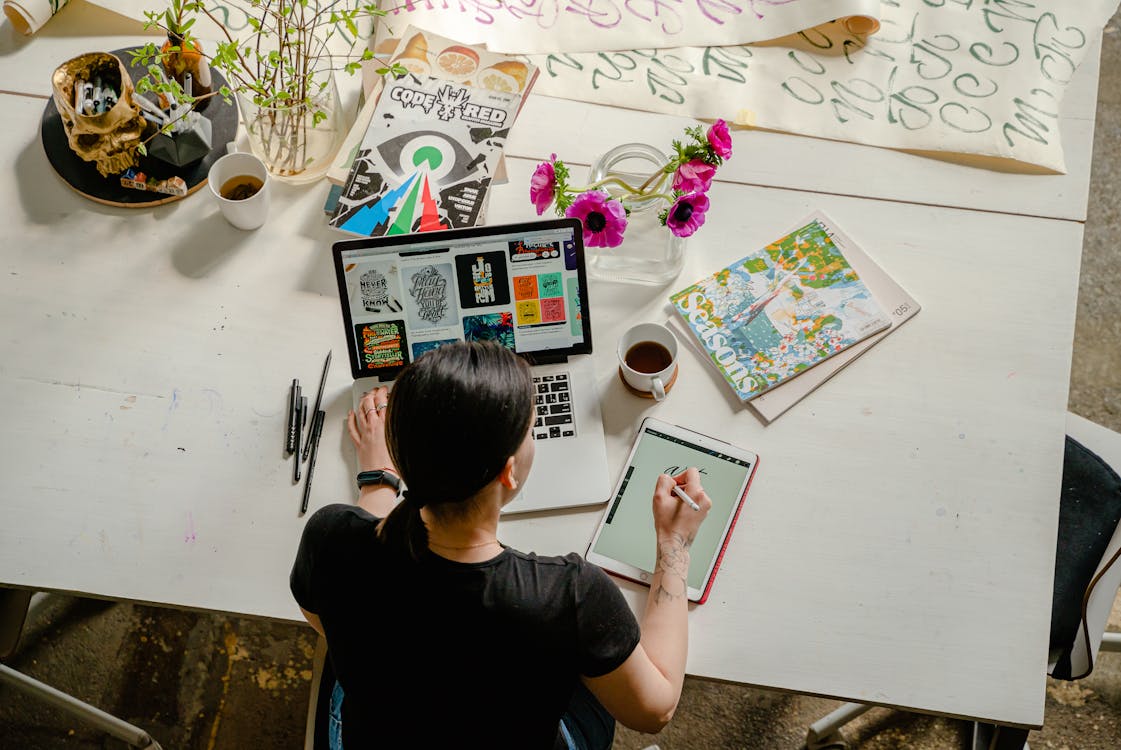
Digital art has surged in popularity in recent years. It has transformed the creative landscape, giving artists worldwide new opportunities. This rise is due to three things. First, tech developments. Second, easier access to advanced equipment. Third, a growing online art community. Websites such as https://ivibet.com demonstrate how digital platforms may expand an artist’s audience by giving them access to a worldwide audience that enjoys and interacts with their work. Digital art is challenging traditional art. It is also fostering a space where technology and creativity coexist.
The Growth of Digital Art
A number of important elements have contributed to the rise of digital art. First, the democratization of technology has opened access to strong digital tools. A wider range of people can now use them. Reasonably priced tablets, sharp monitors, and intuitive software have lowered entry barriers. They let aspiring artists experiment and hone their craft. It requires no big financial commitment. Also, artists can sell their work directly to customers via social media and online marketplaces. They no longer need galleries and agents as gatekeepers.
Also, a big reason for digital art’s appeal is its use in popular media and entertainment. Digital art is vital to many industries, from 711สล็อต video games to movies and VR. This shows its importance and flexibility. This broad recognition has confirmed digital art as a valid expression. It has also encouraged a new generation of artists to use digital media.
Emerging Trends in Digital Art
Several trends are shaping the future of digital art. They reflect changing tastes and tech breakthroughs. One noteworthy trend is NFTs (Non-Fungible Tokens). They have changed how digital art is owned, sold, and bought. NFTs have unique digital certificates. They guarantee artists can profit from their creations while keeping ownership and control. This has pushed artists to try digital media and find new income sources.
The use of virtual reality (VR) and augmented reality (AR) in digital art is another noteworthy trend. Artists can now produce immersive experiences that engage audiences in completely new ways thanks to these technology. Unlike conventional 2D art, AR and VR allow for interactive 3D art. It can be viewed from many angles, providing a more engaging experience.
Also, generative art is gaining popularity due to AI and machine learning. Algorithms in this art form can create complex patterns. They do this using set parameters. Each piece of generative art is distinct and unpredictable since it not only pushes the limits of creativity but also permits many variants.
Essential Tools for Digital Artists
With new hardware and software constantly expanding creative possibilities, the toolkit of contemporary digital artists is always changing. Among the most widely used tools are:
- Adobe Creative Suite: Adobe Photoshop and Illustrator are vital in digital art. Their powerful tools for image editing, illustration, and graphic design are unmatched.
- Procreate: Many digital painters and illustrators use Procreate, an easy-to-use iPad app that offers a wide variety of brushes and tools for a natural drawing experience.
- Blender: Blender is a robust open-source program for anyone interested in 3D modeling and animation. It covers everything from rendering and rigging to sculpting and texturing.
- Corel Painter: Corel Painter is a popular option for artists wishing to imitate traditional painting techniques in a digital format because of its realistic brush simulations.
- Wacom Tablets: Wacom leads in graphic tablet tech. Its tools have the pressure sensitivity and control needed for detailed digital art.
- AI-Powered Tools: Artificial intelligence is used by programs like DeepArt and Artbreeder to help artists easily experiment with various styles and create intricate patterns.
In summary, digital art marks a big shift in the art world. It blends imagination with cutting-edge tech to create original, powerful works. As digital tools improve, artists can experiment and reach a wider audience. Modern artists may push the limits of what is possible. By following trends and using the right tools, they will keep digital art a vibrant force in the art world.